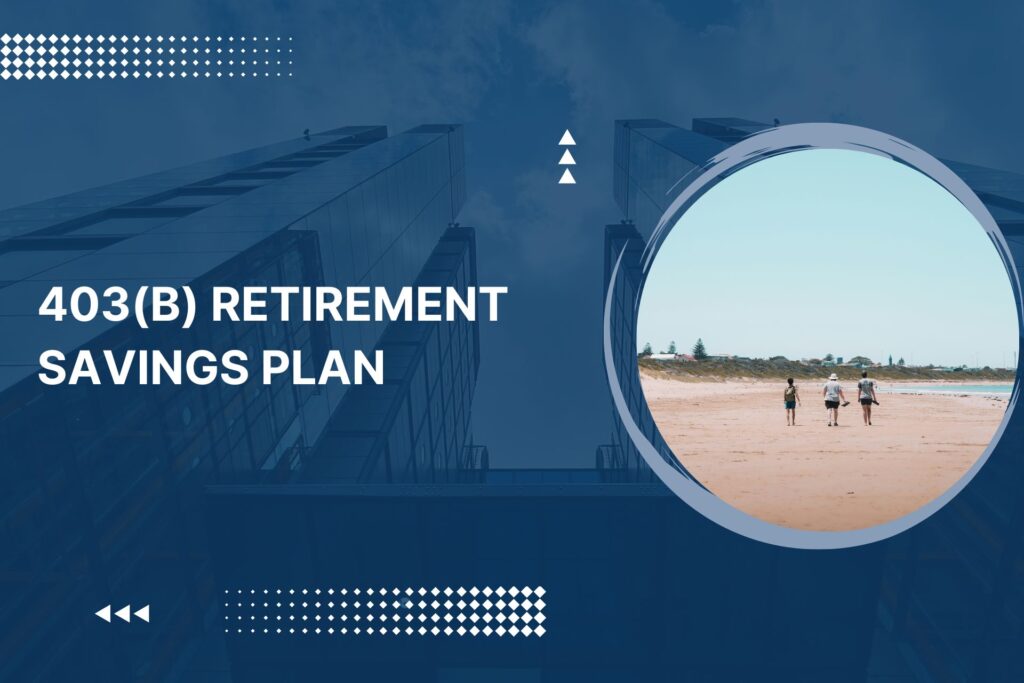Introduction to the 403(b) Retirement Savings Plan
The 403(b) retirement savings plan is a powerful financial tool designed to help certain employees build a secure retirement nest egg. Tailored primarily for individuals working in the non-profit sector, including public schools, universities, hospitals, and religious organizations, this plan offers unique advantages and opportunities for long-term wealth accumulation.
Understanding the 403(b) Retirement Savings Plan
What is a 403(b) Retirement Savings Plan?
The 403(b) retirement savings plan functions similarly to its private-sector counterpart, the 401(k) plan, albeit with specific eligibility criteria and regulations. It allows eligible employees to contribute a portion of their pre-tax income towards retirement savings, providing an effective means of tax-deferred wealth accumulation.
Eligibility and Participation
Eligibility for the 403(b) plan typically extends to employees of qualified non-profit organizations and public educational institutions. These individuals can benefit from the plan’s tax advantages and investment opportunities, helping them prepare financially for retirement.
Features and Benefits of the 403(b) Plan
Tax Advantages
One of the key advantages of the 403(b) retirement savings plan is its tax-deferred nature. Contributions made to the plan are deducted from the participant’s taxable income, reducing their current tax liability. This tax deferral allows for the potential growth of investments over time, maximizing the overall retirement savings.
Employer Contributions
Many employers offering 403(b) plans provide additional incentives in the form of employer matching contributions. These contributions serve as a valuable supplement to the participant’s own savings efforts, effectively increasing the total amount of retirement funds available.
Investment Flexibility
Participants in 403(b) plans have access to a range of investment options, including mutual funds, annuities, and sometimes, employer stock. This flexibility empowers individuals to tailor their investment portfolios according to their risk tolerance, financial goals, and time horizon.
Catch-Up Contributions
For individuals aged 50 and above, 403(b) plans offer the opportunity for catch-up contributions. These additional contributions allow older participants to accelerate their retirement savings, compensating for any previous shortfall and ensuring a more financially secure future.
Strategies for Maximizing Your 403(b) Retirement Savings Plan
Start Early and Contribute Regularly
The power of compounding makes early and consistent contributions to your 403(b) plan essential for long-term financial success. By starting early, participants can take full advantage of the potential growth of their investments over time, maximizing the overall retirement savings.
Leverage Employer Matching Contributions
Maximizing employer matching contributions is crucial for optimizing the benefits of your 403(b) plan. Participants should strive to contribute at least enough to receive the full employer match, effectively doubling their savings contributions and accelerating their path towards retirement readiness.
Diversify Your Investment Portfolio
Diversification is key to managing risk and maximizing returns within a 403(b) plan. Participants should diversify their investment portfolios across various asset classes, industries, and geographical regions to mitigate potential losses and capitalize on market opportunities.
Stay Informed and Review Your Plan Regularly
To ensure the continued effectiveness of your 403(b) retirement savings plan, it’s essential to stay informed about changes in regulations, investment options, and market conditions. Regularly reviewing your plan and making necessary adjustments can help align your retirement savings strategy with your evolving financial goals.
Want to Know More about 403(b) Plans?
Click here to Schedule a Free Consultation Today!Conclusion
In conclusion, the 403(b) retirement savings plan offers valuable benefits and opportunities for individuals working in the non-profit sector to build a secure financial future. By understanding its features, maximizing contributions, and implementing sound investment strategies, participants can unlock the full potential of their 403(b) plans and enjoy a comfortable retirement.


